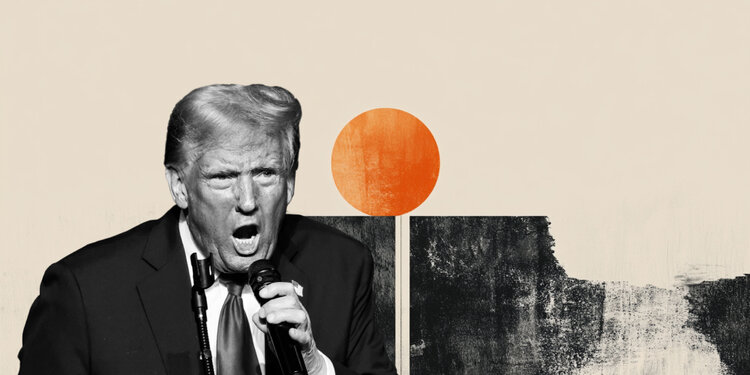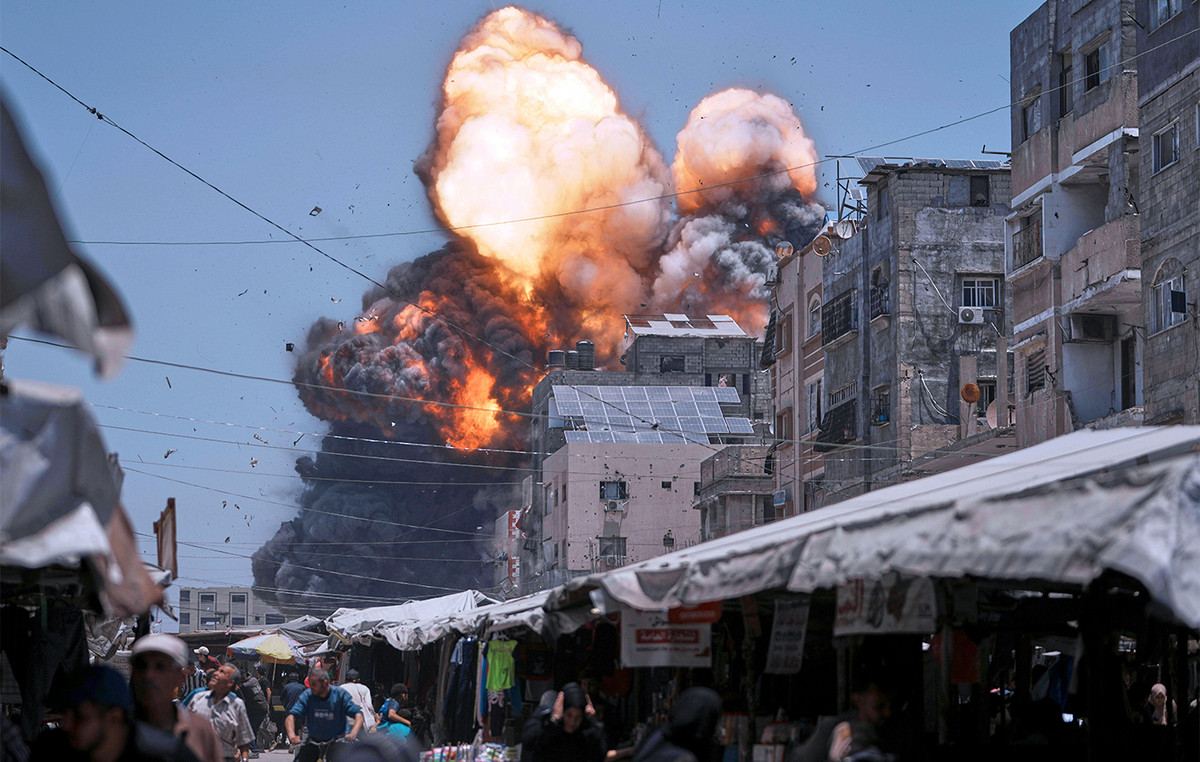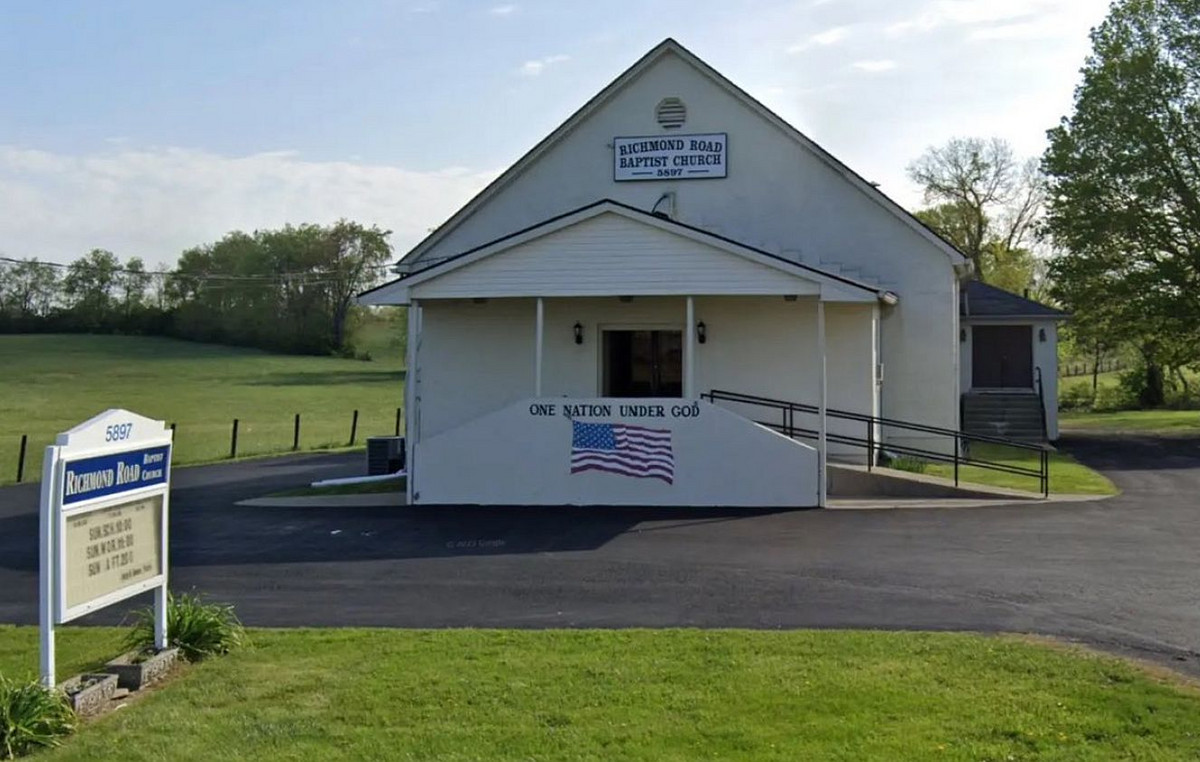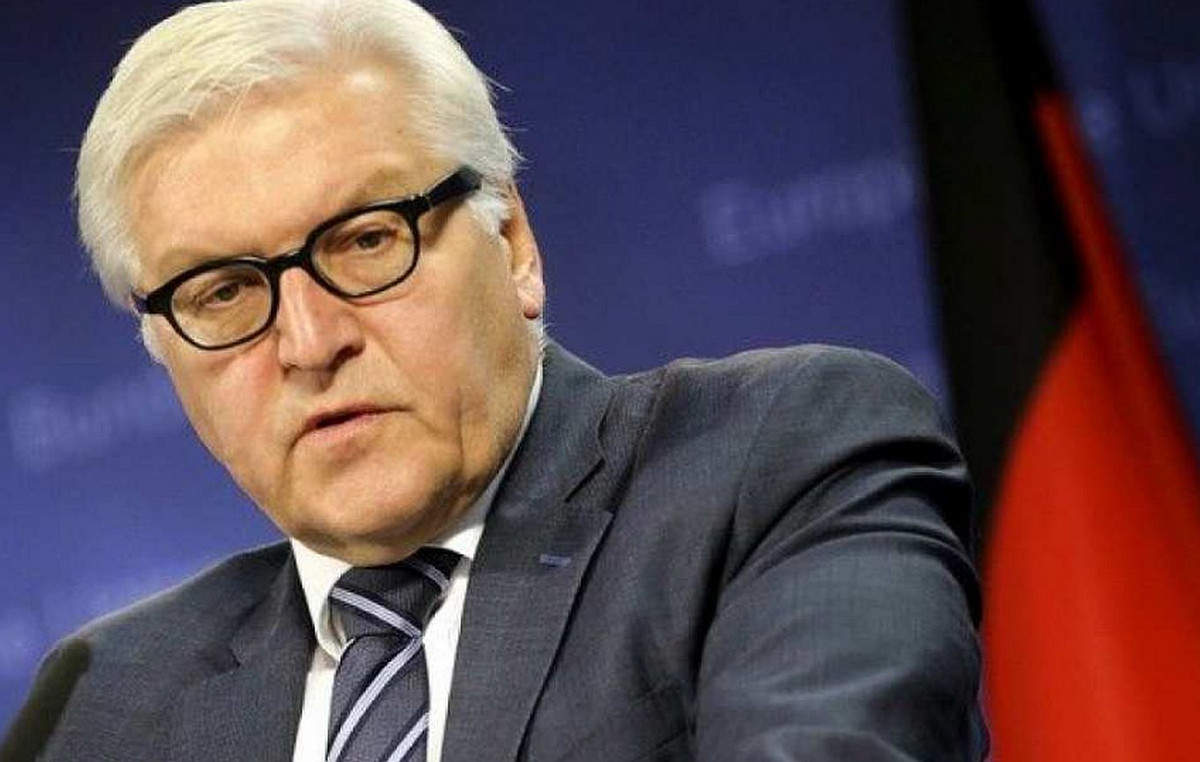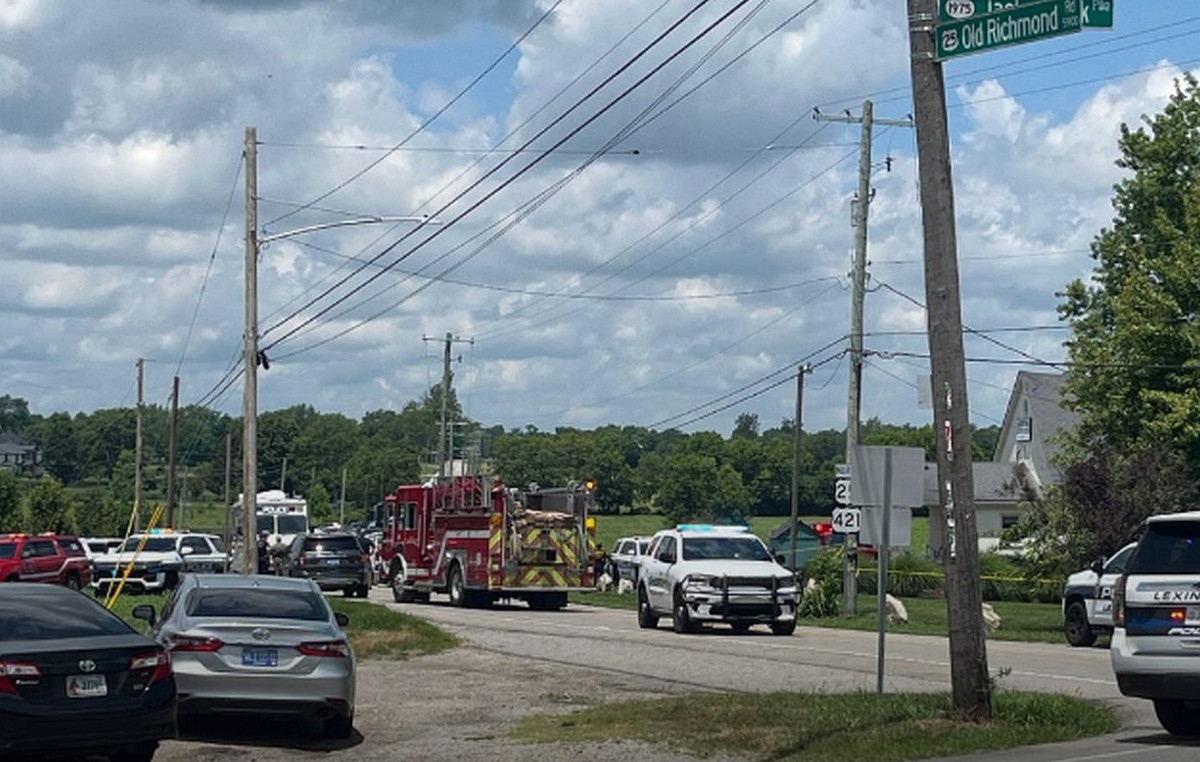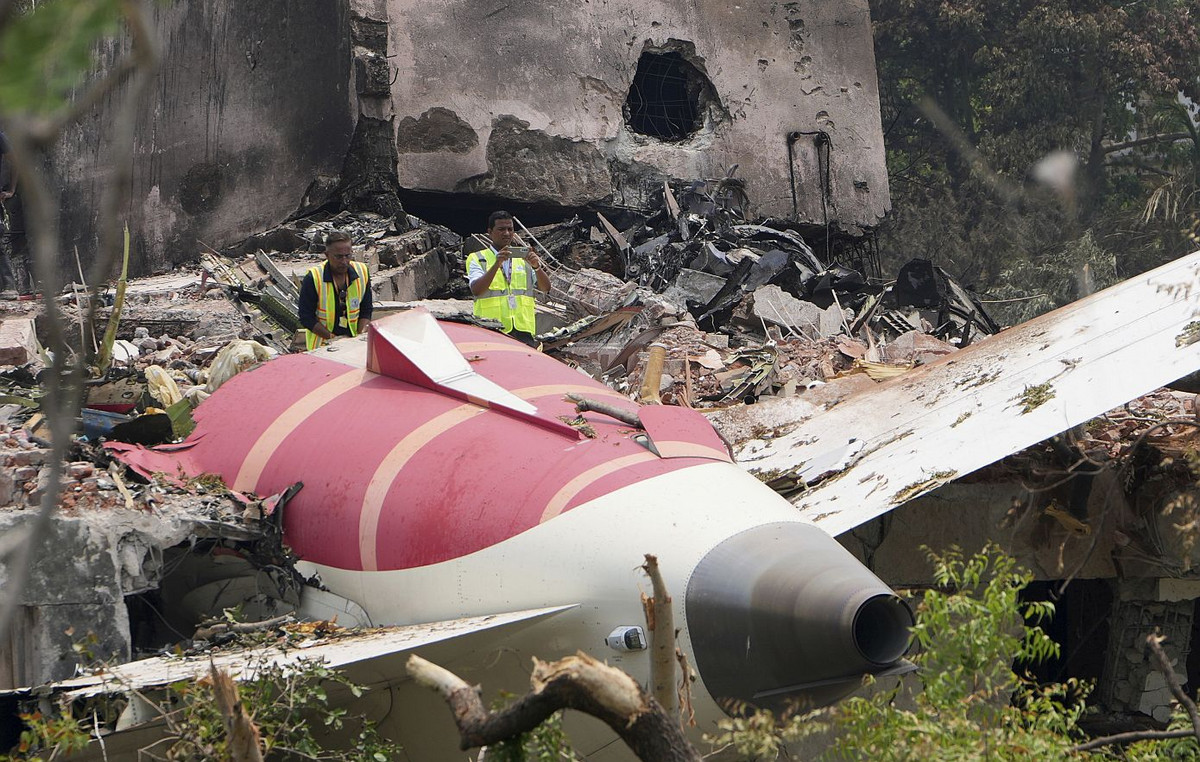O Ibovespa fell 0.1%, quoted at 114,360 points, around 10:22 am this Monday (7), impacted by the greater global aversion to risks with the possibility that the purchase of Russian oil will be blocked due to the war in Ukraine strengthening a possible scenario of high global inflation. The index’s decline is alleviated by companies linked to commodities, which rise.
already the dollar retreated 0.59%, at R$5.048, reflecting a favorable cycle for the real with the rise in commodities, especially oil, and high interest rates in Brazil, despite tensions between Ukraine and Russia.
In the previous week, the dollar fell 1.52%, while the Ibovespa registered a high of 1.17%.
War in Ukraine
Investors’ focus remains on the war in Ukraine and its aftermath. Russian forces took control of the Zaporizhzhia nuclear power plant, the largest in Europe. The Ukrainian government reports that the reactors are preserved, but the risk alert remains on.
At the same time, the Russian onslaught is focused on the Ukrainian capital Kiev, which is besieged. The conflict has also generated a humanitarian crisis, with more than 1.5 million Ukrainians leaving the country for other European countries.
Follow CNN’s live coverage of the conflict.
From an economic point of view, the main event involving the conflict is the series of sanctions announced by the United States and its Western allies.
Among them are the expulsion of Russian banks from Swifta global payments system, and the freezing of reserves by the central bank of Russia. Countries that support Ukraine have already said they must implement new sanctions against Russia, including a possible ban on buying the country’s oil, which has seen its currency, the ruble, plummet and reach a historic low.
The war, and the chances of further escalations in the geopolitical scenario, increase risk aversion of investors and the search for the dollar. The DXY index, which compares the currency against others, rises on Monday.
The VIX, called the “fear index” for trying to measure the degree of market volatility, advanced and was around 35 points, around 9:10 am, after reaching its highest level since September 2020.
Another consequence of the invasion is the rise in commodity prices, especially those linked to Russia and Ukraine, case of corn, wheat and oil. The Brent type, Petrobras’ reference for pricing policy, continues to rise and is already around US$ 125.
Natural gas was up more than 70% today, to the highest level in history, equivalent to US$ 600 a barrel of oil.
Wheat is up 7% this Monday, but accumulates a 75% rise in the year. Here in Brazil, in Necton’s account, the appreciation of the real lowers this account to close to 55%.
commodities
The situation in Ukraine may impact the benefits to the real of a cycle of investment migration to markets linked to commodities and seen as cheap, with Brazil also benefiting from high interest rates, which limits the effects of bets on an aggressive interest rate policy for the Federal Reserve.
The cycle was linked, in part, to expectations of more pro-growth measures in China that are raising hopes of a recovery in demand for metals, which has led to higher prices, reinforced by the crisis in Ukraine. On the other hand, interventions by the Chinese government in the market have generated downward pressures, in an ups and downs in prices.
In the case of oil, analysts already projected that it would exceed US$ 100 throughout the year, which happened with the crisis in Ukraine. The Brent type reached US$ 140 on Sunday (6) with fears of suspension of purchases of Russian oil and delays in negotiations on the Iran nuclear deal, in highest value since 2008.
The main factor for the increase is the mismatch between supply and demand for the commodity, with the main producers, gathered in OPEC, still not resuming pre-pandemic production levels, and the situation was intensified with the tensions in europe.
Test your knowledge about the Ibovespa
Let’s start with an easy one: what is the Ibovespa?
Who is responsible for calculating the Ibovespa?
What types of assets are eligible to be listed on the Ibovespa?
Which of these is NOT a criterion for a stock to enter the Ibovespa
How many shares are currently in the Ibovespa theoretical portfolio?
How often is the Ibovespa theoretical portfolio reviewed?
What is the most important stock on the Ibovespa?
What is the smallest share on the Ibovespa?
Each Ibovespa point is equivalent to 1 real. This statement is
What is the historical record for closing the Ibovespa?
Try again!
Tip: follow CNN Business to understand more about Ibovespa
Nice job!
You know a lot about the Ibovespa, but you could know a little more
Sensational!
Congratulations! Are you an Ibovespa expert?
*With information from Thais Herédia and Reuters
Source: CNN Brasil
I am Sophia william, author of World Stock Market. I have a degree in journalism from the University of Missouri and I have worked as a reporter for several news websites. I have a passion for writing and informing people about the latest news and events happening in the world. I strive to be accurate and unbiased in my reporting, and I hope to provide readers with valuable information that they can use to make informed decisions.

